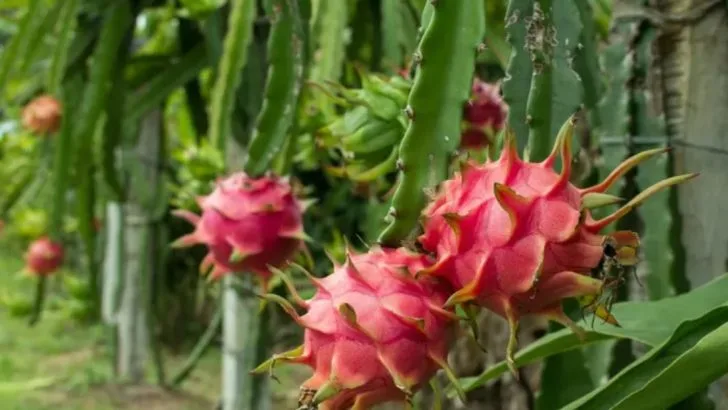Dragon fruit is a unique and exotic plant that can yield a deliciously sweet and vibrant fruit, but it requires proper care to thrive. Whether you’re growing pitaya in your backyard or in containers, understanding the right techniques will ensure you get a huge harvest full of flavor.
In this article, we share 16 expert-approved dragon fruit care tips that will help you achieve healthy plants and bountiful harvests. From choosing the right variety to pruning and watering techniques, these tips will set you up for success. If you’re looking to grow abundant dragon fruit, these expert insights will guide you every step of the way.
Optimal Sunlight Exposure
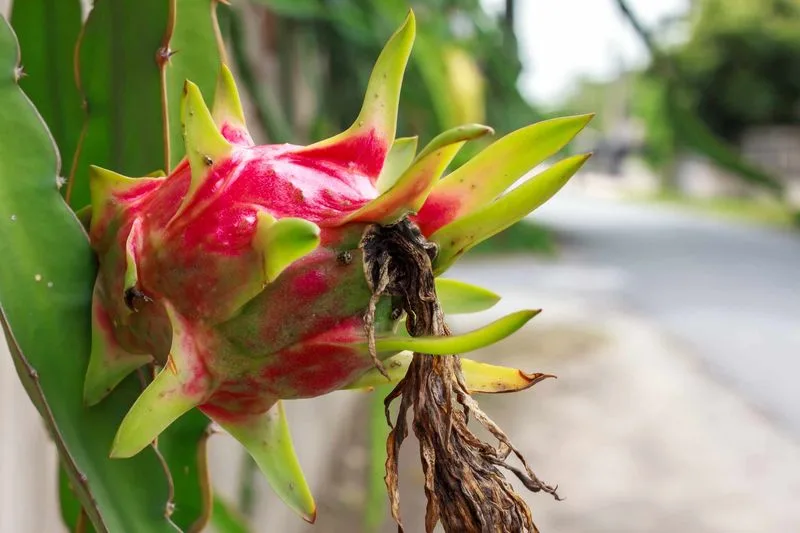
Positioning your dragon fruit in a spot where it receives full sunlight is crucial. The plant thrives best in tropical and subtropical climates with at least six to eight hours of sunlight daily. Too little light can slow growth and reduce fruit production. Consider using a sun shade during extremely hot periods to prevent sunburn on the plant. If you’re growing indoors, place your plant near a south-facing window or use grow lights to mimic natural conditions. A well-lit environment ensures your dragon fruit gets the energy it needs for photosynthesis and fruit development.
Well-Draining Soil

Dragon fruit plants prefer well-draining soil to prevent root rot. Sandy or loamy soil mixed with organic matter works best. Consider adding perlite or pumice to improve drainage further. A raised garden bed or containers with drainage holes can also be effective. If waterlogging occurs, it can lead to fungal issues and affect plant health. Test your soil’s drainage by watering and ensuring excess water seeps through quickly. Maintaining the right balance of moisture and air in the soil is essential for healthy root development and overall plant vigor.
Consistent Watering Schedule
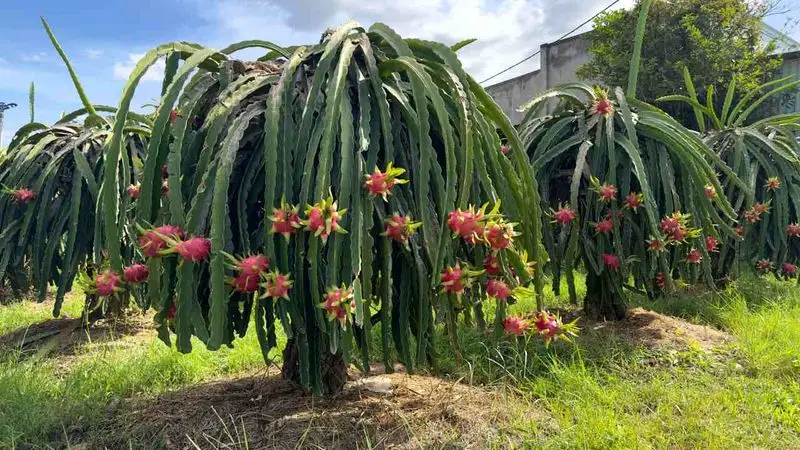
Establishing a consistent watering schedule is vital for dragon fruit health. Water deeply but infrequently, allowing the soil to dry between watering sessions. Overwatering can lead to root rot, while underwatering may stunt growth. During the growing season, adjust your watering based on weather conditions, increasing frequency during hot, dry spells. In cooler months, reduce watering to prevent saturation and cold damage. Consistency in watering helps the plant develop a strong root system and encourages bountiful fruiting.
Proper Support Structures
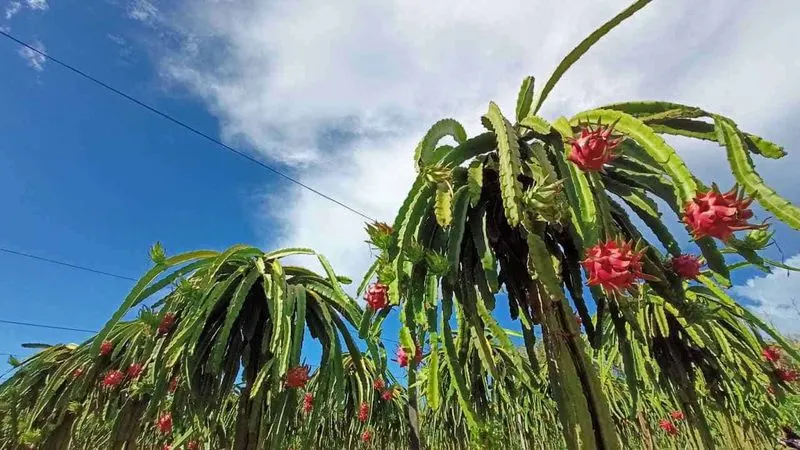
Dragon fruit plants are climbers, requiring proper support structures like trellises or stakes to grow vertically. This not only saves space but also improves air circulation and light exposure. Secure the main stem gently to the support using soft ties to avoid damage. As the plant grows, regularly check and adjust support to accommodate new growth. A sturdy support system ensures the plant remains healthy and productive, preventing breakage under the weight of its own branches or fruit.
Balanced Fertilization
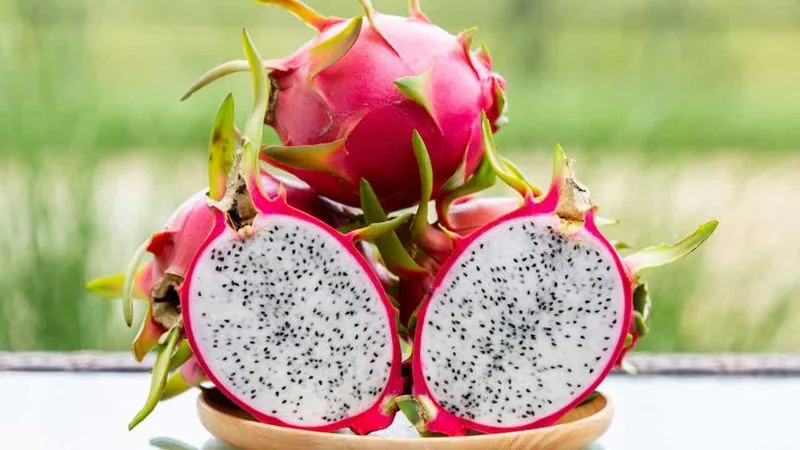
Fertilization plays a crucial role in the growth and fruiting of dragon fruit. Use a balanced fertilizer with equal parts nitrogen, phosphorus, and potassium during the growing season. Organic options, such as compost or well-rotted manure, can provide additional nutrients. Avoid over-fertilizing, which can lead to excessive foliage growth at the expense of fruit production. Apply fertilizer every four to six weeks, and monitor plant response. Adjust your fertilization routine based on observed growth and fruiting outcomes for optimal results.
Pruning for Productivity
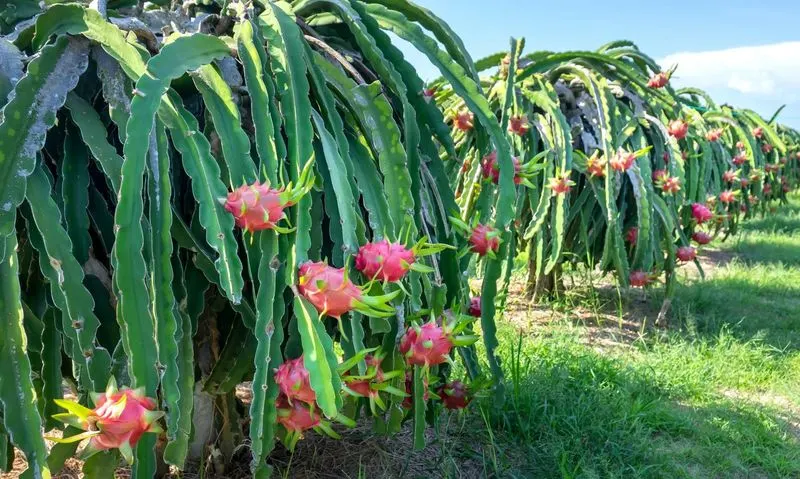
Regular pruning encourages productive growth and prevents disease in dragon fruit plants. Remove dead, damaged, or overcrowded branches to improve air circulation and light penetration. Pruning also helps maintain a manageable plant size, making care and harvesting easier. Perform pruning during the dormant season to minimize stress. Use clean, sharp tools to avoid introducing pathogens. Regular maintenance through pruning ensures your plant allocates energy to producing high-quality fruit rather than sustaining unnecessary growth.
Pest Management
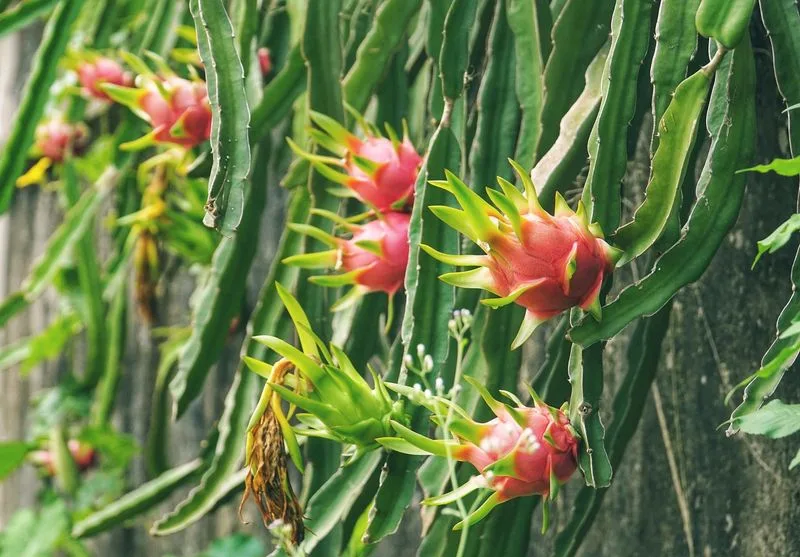
Effective pest management is essential to protect dragon fruit from common pests like aphids, ants, and mealybugs. Regularly inspect your plants for signs of infestation and apply organic insecticides or neem oil as needed. Encourage beneficial insects, such as ladybugs, to naturally control pest populations. Maintain plant health through proper care, as healthy plants are less susceptible to pest issues. Implementing integrated pest management practices can help minimize chemical use while keeping your dragon fruit plants healthy and productive.
Disease Prevention
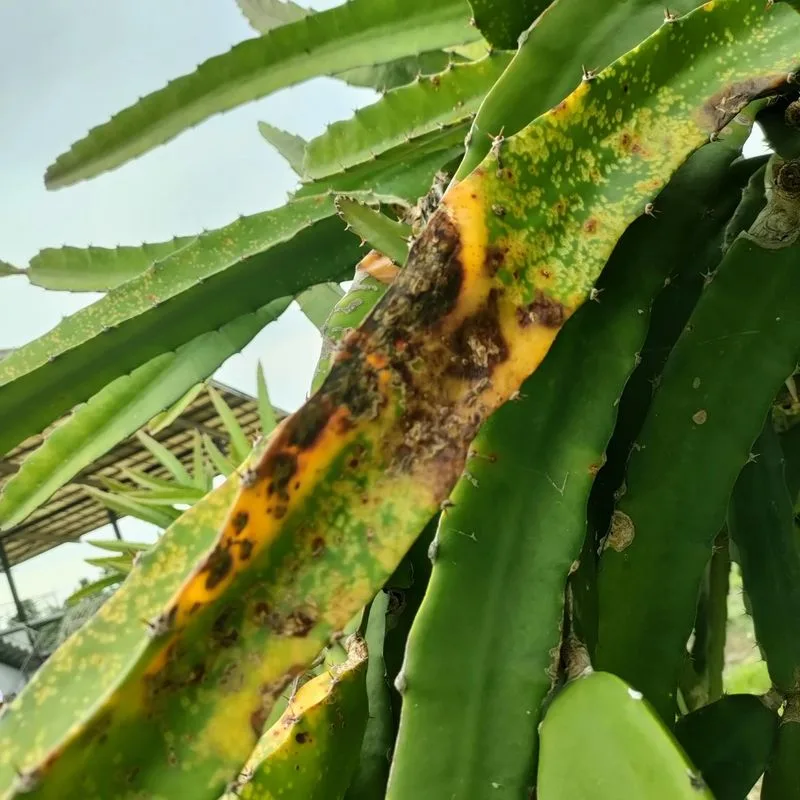
Preventing disease starts with healthy growing conditions. Ensure good air circulation, proper watering, and clean pruning practices to minimize the risk of fungal infections. Avoid wetting the foliage during watering to reduce disease spread. If disease occurs, remove affected areas promptly and treat with appropriate fungicides. Rotating crops and maintaining healthy soil can also prevent soil-borne diseases. By fostering a robust plant environment, you enhance its ability to resist diseases, leading to a more fruitful and healthy harvest.
Temperature Considerations

Dragon fruit thrives in temperatures between 65°F and 85°F. Extreme cold or heat can hinder growth or damage the plant. In regions with cold winters, consider growing in containers so they can be moved indoors. During hot spells, providing shade or increasing watering can help prevent stress. Monitor local weather forecasts to anticipate temperature changes and adjust your care routine accordingly. Keeping your dragon fruit in its ideal temperature range is key to healthy growth and abundant fruiting.
Pollination Techniques
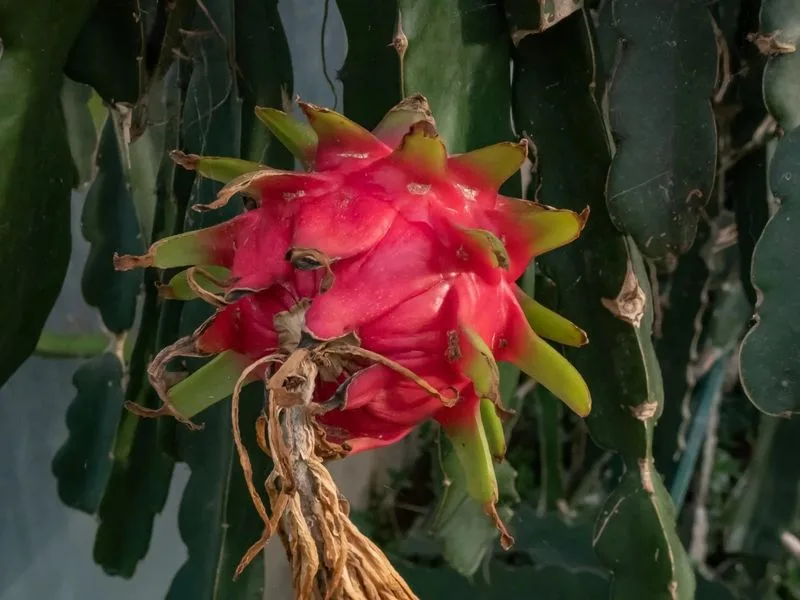
Pollination is crucial for fruit development in dragon fruit. While some varieties are self-pollinating, others require cross-pollination. Hand pollination can improve fruit set, particularly in indoor or isolated outdoor environments. Use a brush or cotton swab to transfer pollen between flowers during the evening when they bloom. Encourage natural pollinators like bees by planting flowering plants nearby. Successful pollination leads to larger, more abundant fruit, enhancing your overall harvest quality.
Harvesting Timing
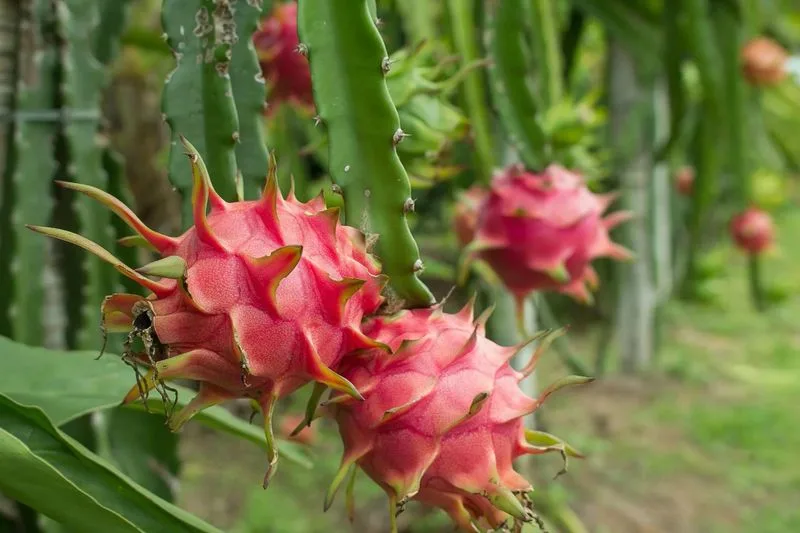
Harvesting dragon fruit at the right time ensures the best flavor and texture. Look for vibrant color and slight give when gently squeezed. Typically, fruit is ready to harvest 30 to 50 days after flowering. Overripe fruit may split and lose quality, while underripe fruit lacks sweetness. Use a clean knife to cut the fruit off the plant to avoid damage. Regularly check your plants to catch the perfect harvesting window, maximizing your fruit’s culinary potential and enjoyment.
Seasonal Care Adjustments
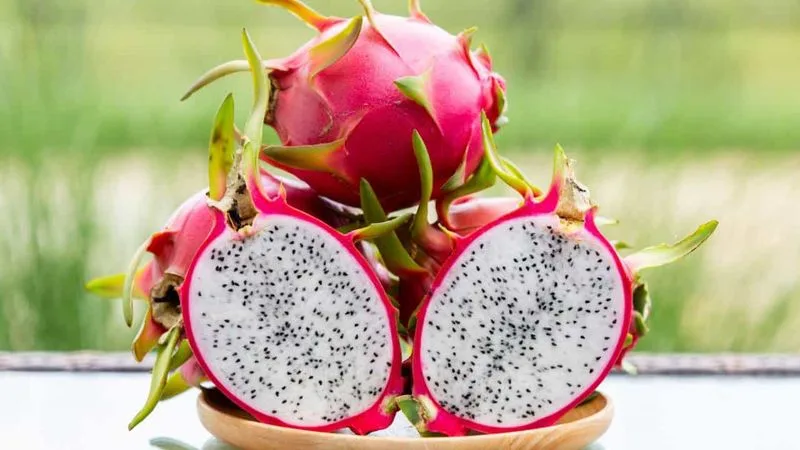
Adjusting care routines with the seasons ensures optimal growth. In spring, increase watering and fertilization as the plant begins active growth. Summer may require additional shade and more frequent watering. Fall is ideal for pruning and preparing the plant for winter dormancy. In colder months, reduce watering and protect plants from frost. Tailoring care to seasonal changes helps maintain plant health and productivity year-round. Recognizing your plant’s seasonal needs is essential for successful cultivation.
Container Gardening
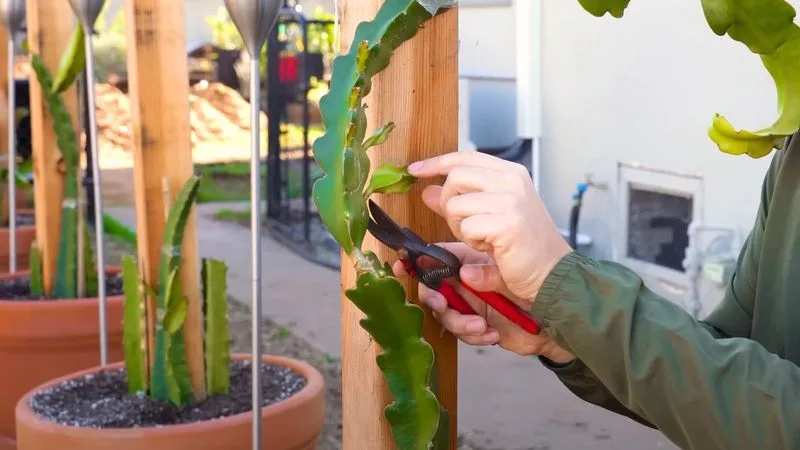
Container gardening offers flexibility for dragon fruit cultivation. Choose a large container with drainage holes and fill it with well-draining soil. Containers allow easy relocation to optimize sun exposure and temperature control. They also simplify pest management and soil amendments. Ensure your container provides enough space for root growth and stability. Regularly check moisture levels and adjust watering as needed. Container gardening makes dragon fruit accessible to urban gardeners and those with limited space.
Soil Testing and Amendments

Regular soil testing helps understand the nutrient needs of dragon fruit plants. Test for pH levels, aiming for a neutral to slightly acidic range. Amend soil with organic matter or specific nutrients based on test results. Adding sulfur can lower pH, while lime can raise it. Correct nutrient deficiencies with appropriate fertilizers, considering both macro and micronutrients. By maintaining optimal soil conditions, you support healthy plant growth and maximize fruit production.
Propagating New Plants
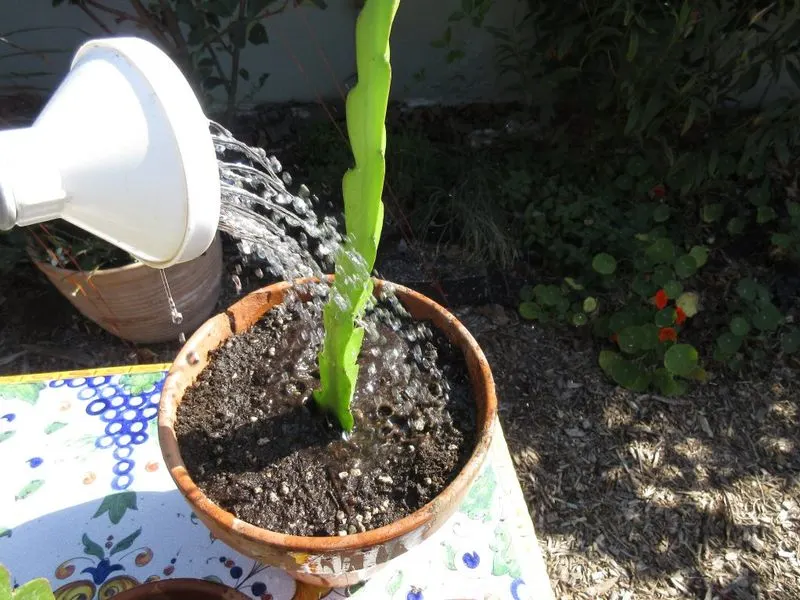
Propagating dragon fruit from cuttings is an efficient way to expand your garden. Select healthy segments and let them dry for a few days before planting to prevent rot. Plant cuttings in well-draining soil and water sparingly until roots develop. Use rooting hormones to enhance success rates. Propagation allows you to control plant quality and preserve desirable traits. As new plants establish, provide appropriate support and care to encourage vigorous growth. This method offers an economical way to increase your dragon fruit yield.
Mulching Benefits
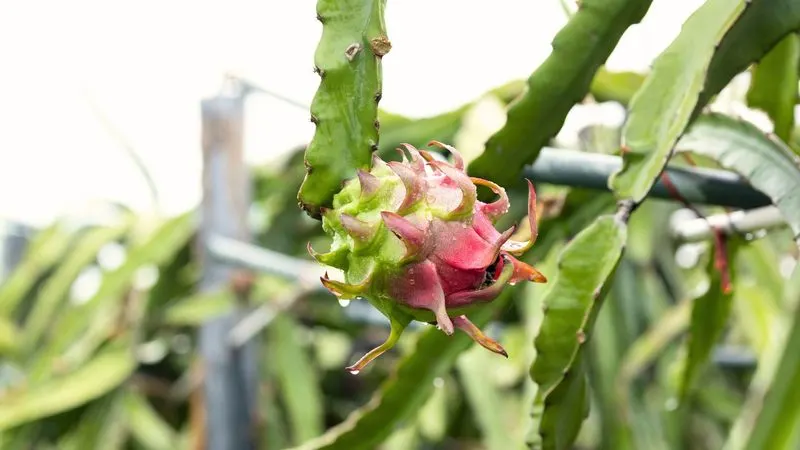
Applying mulch around the base of dragon fruit plants offers several benefits. It helps retain soil moisture, suppress weeds, and regulate soil temperature. Use organic materials like straw, wood chips, or bark. Keep mulch away from the stem to prevent rot. Mulching reduces watering frequency and improves soil structure over time. Additionally, it can enhance the aesthetic appeal of your garden. By incorporating mulching into your care routine, you create a more sustainable environment that supports robust plant health and productivity.

